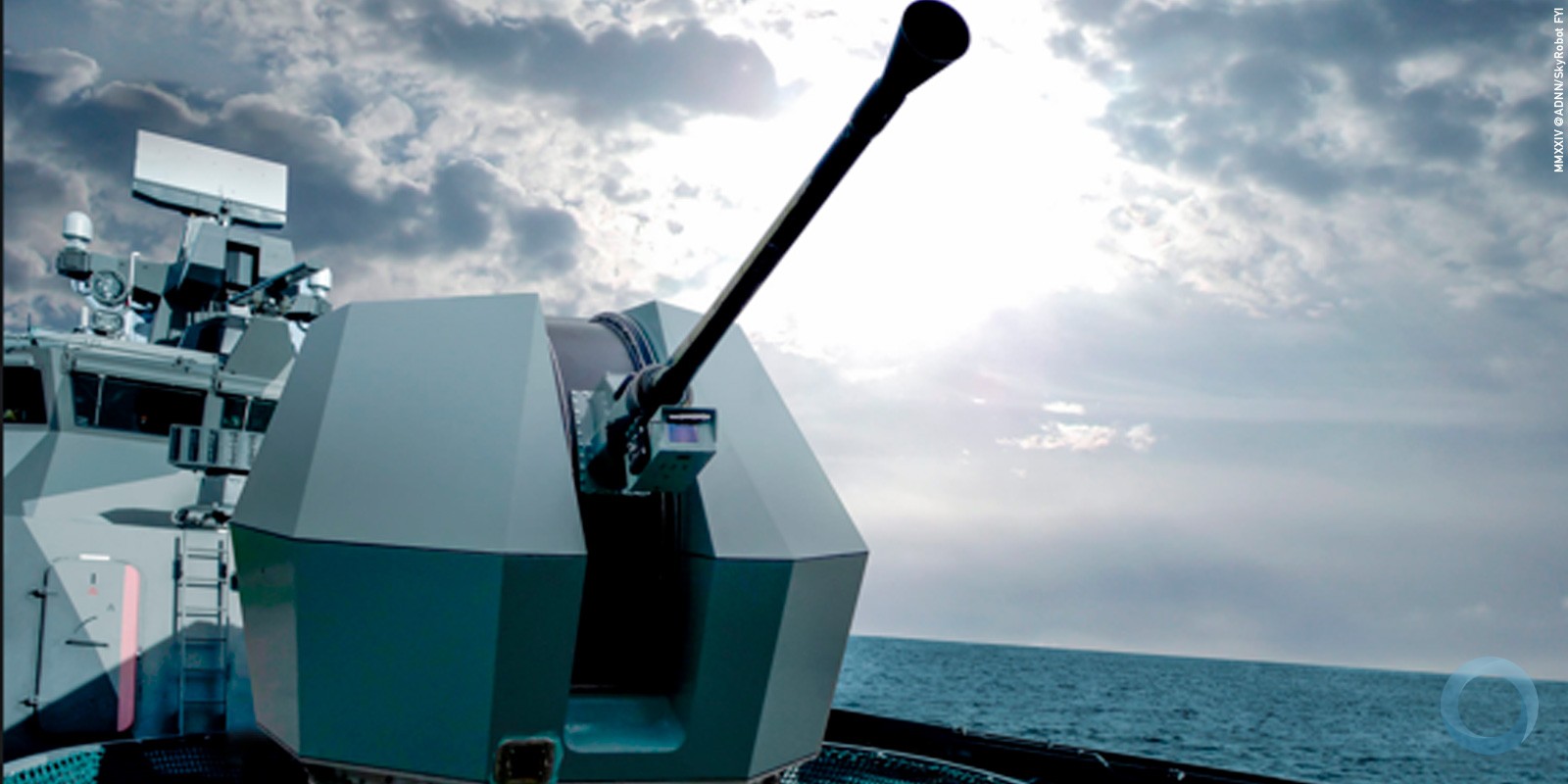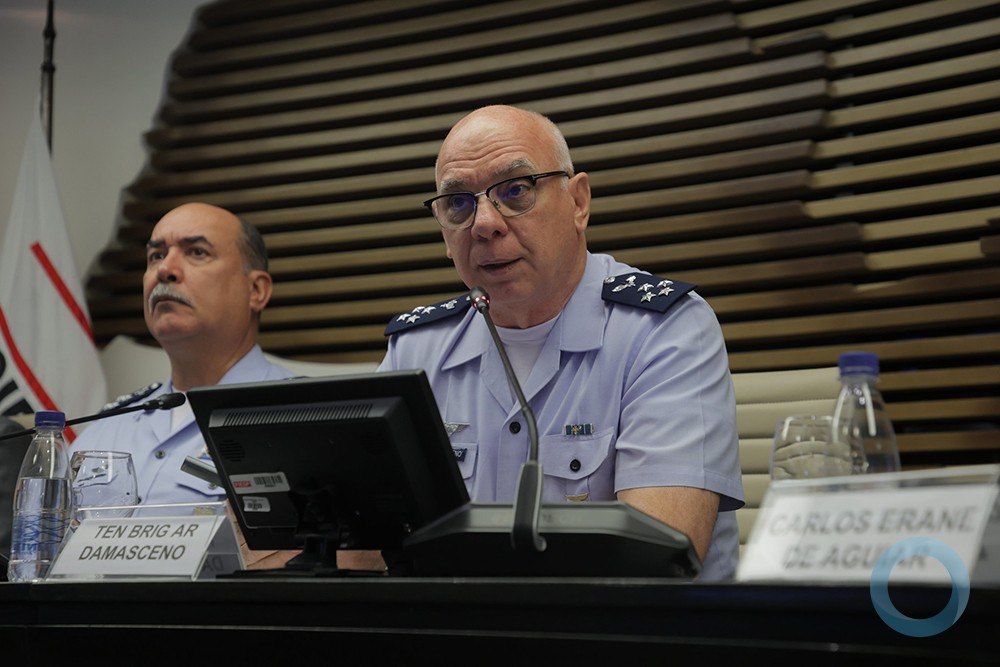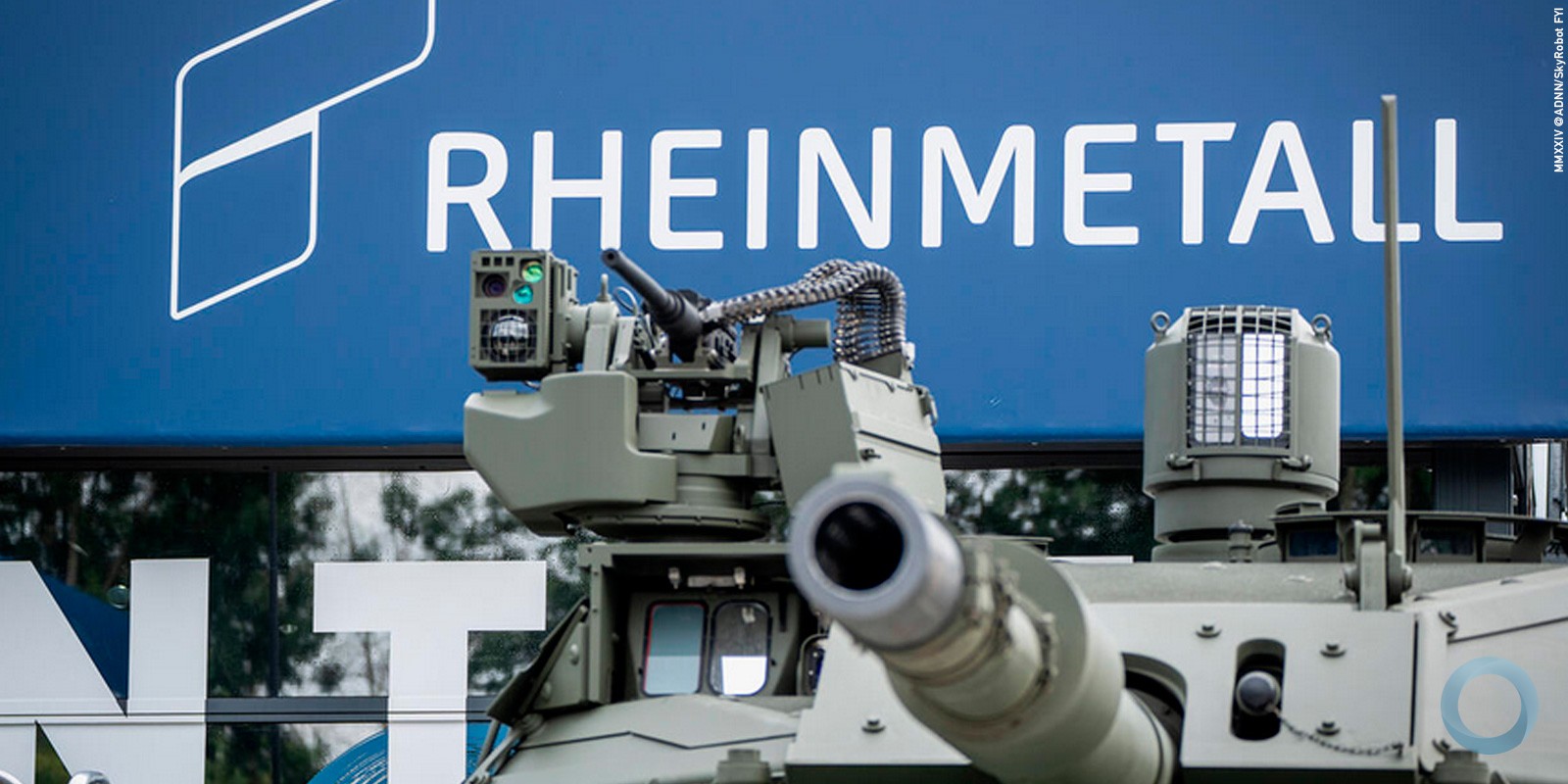![]() Versão em português
Versão em português
Brazilian Ministry of Defense
The Brazilian Army attracted 7,700 female applicants, an average of 192.5 per opening, indicating a highly competitive process. In addition, there were 21,300 men who also applied to the Army Cadet Prep School (EsPCEx, per its Portuguese acronym), the gateway to a combat officer career in the ground forces.
The first stage in the process took place on September 10th and 11th when applicants took entrance exams on Portuguese, writing, physics, chemistry, math, geography, history, and English. In January 2017, after the exams are graded and results published, the names of those who made it to the next round will be announced. This next step involves a health exam and physical fitness test (sit-ups, push-ups, and running).
The process includes 40 vacancies for women and 400 for men who, if selected, will spend a year at EsPCEx in Campinas, Sao Paulo. At the end of this process, those who pass will move on to the Military Academy at Agulhas Negras (AMAN, per its Portuguese acronym) in Resende, in the state of Rio de Janeiro. Four years later, the first women in the Administrative Service and Ordnance Staff will emerge as aspiring Army officers, the first step in becoming a general.
Competing for one of the 40 spots is 18-year-old Mônica de Souza Moreira, a student from the Military College of Brasília (CMB, per its Portuguese acronym), who has wanted to join the military since she was a child. She completed a prep course at her high school and changed her study routine. "When I started high school, I had regular classes, had lunch at school, and in the afternoon I took this course.”
De Souza Moreira expects that a military career will complement the training she received at the Military School and encourage other young women to apply not only to EsPCEx but to other military schools as well. The biggest challenge, she says, is going to be being away from her family, since the program operates as a boarding school.
Natália Pim, 17, is also a CMB student who has chosen to apply to the program because she thinks that military schools prepare their officers not only intellectually, but personally. "In addition to having a very good professional background, I'm going to develop my personal side in a way that I have never before experienced," Pim stated. For her, attending class hasn't been sufficient preparation, and that's why she has included different exercises in her routine – especially when studying Portuguese and math, which are required subjects on the entrance exam.
She has also tried to prepare herself for the second phase of the process – the physical fitness test. "In addition to all the mental preparation, you have to be physically prepared, so I have spent more time at the gym, running, since it's no use passing the written exam if you can't pass the physical one. And we must take care of our health as well," she added. She thinks that, if she gets into the school, she'll be under a lot pressure because the experience will be different and she'll be able to learn a lot. "My biggest dream is to see my grandmother at AMAN when I become an officer candidate.”
In order to receive the group of women, EsPCEx had to adapt to a new reality. According to Colonel Gustavo Henrique Dutra de Menezes, the school's commanding officer, the infrastructure underwent four major renovations in housing, health care, the military physical training unit, and the stock room. The regulations also underwent modifications, like in the case of the general rules of conduct, including the female students’ individual presentation, which shall follow the Army's Uniform Regulations. "All the necessary care and adaptations to receive the female students have been made," Col. Dutra said.
AMAN, too, had its infrastructure updated for the arrival of its first women. This process is expected to be completed over the next year.
Women in the Armed Forces
The Navy and the Air Force were pioneers in the inclusion of women in the military. In 2013, the Navy opened positions in the Navy College's admissions process. Female engineers and administrators are able to rise to the position of vice admiral. The first woman to reach the position of a general officer was Rear Admiral Dalva María de Carvalho Mendes, appointed in 2012.
"I also think that more women have felt encouraged to join the Armed Forces after my rise to general. This fact demonstrates, in practice, that a promotion is a normal result of a military career regardless of gender, since it is based on meritocracy, a criterion used in evaluating all officers," said Rear Adm. Carvalho.
The Air Force has the most women – nearly 10,000 among career and temporary personnel. The first women in the Air Force Academy, headquartered in Pirassununga, Sao Paulo, were admitted in 1996. The first pilots were admitted in 2003 and graduated in 2006. These aircraft officers will eligible for promotion to general in 2046.
A military career in the Armed Forces has become an alternative for women. Among the factors for the demand are the outlook for upward mobility, the profession's stability, the respect and organization of military institutions, as well as a military calling.































